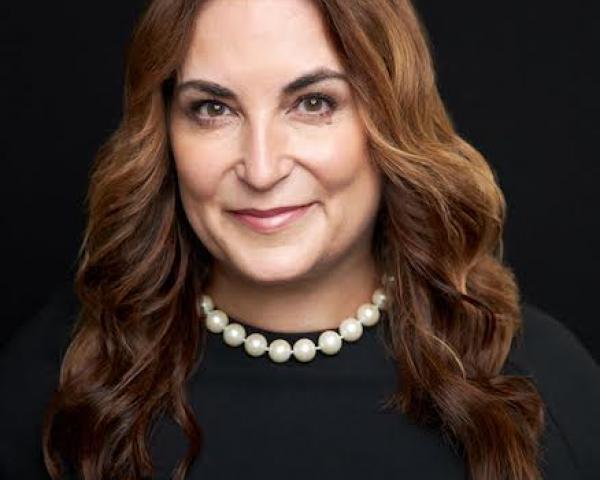Employers send a mixed message to employees: Get the best healthcare -- but not if you're injured.
Reform is changing healthcare delivery models, but there is a large gap between the healthcare related to workers' compensation and the group health approach.
As a result of healthcare reform, the industry has experienced significant consolidation of health systems and medical practices, with an added emphasis on patients as consumers of healthcare, all as providers continue to evolve. As employers, though, our message is confused.
We tell employees that we have a great healthcare system for them, encourage them to choose the best physician to meet their needs and remind them to get regular checkups. However, if an employee gets injured, we have a separate system with a separate set of doctors and a separate set of rules.
If employers can find better doctors to treat workers, they can improve the quality of the workers’ compensation system. Employers are not going to get better doctors just by paying more; but, if they can identify which doctors are doing a better job and reward them, results improve.
California’s model has been experimenting with the concept of rewarding doctors for providing superior care, which has resulted in significant cost reduction. Great doctors are actually reducing the amount of medical attention required and, overall, workers’ compensation claims costs. As a result of better care and employee satisfaction, litigation costs have also dropped. Quality matters.
With advancements in technology, reimbursement models, a focus on quality and the movement of connected care, health systems across the U.S. are offering accountable care organizations (ACOs) for employer benefit solutions. Many think mergers and consolidation are a bad thing, however, in this consolidated world where health systems have changed, mergers and consolidation are changing "well care" to "sick care." By taking a holistic approach, you are able to take a patient from wellness to injury care. Workers' compensation needs to be part of this discussion. If not, we cause an even greater divide.
This holistic approach is not a new concept. In the 1990s, there were three 24-hour care pilot programs that tried this approach and resulted in lowered cost and improved medical control. At the same time, 10 states also mandated 24-hour pilot studies. Employers generally liked the pilot programs, which resulted in benefits such as increased medical control and reduced costs. On the national front today, the National Institute for Occupational Safety and Health (NIOSH) has a total worker health program that considers the total person and the factors that affect the individual’s health. The workers' compensation system could borrow and apply successful elements from these programs.
When you send an injured worker to the best and brightest, you make the workers and their families feel like you are treating them well. This gets the patient to do what the doctor wants and stops the unfortunate spiral of delays in care. Technology is going to refine this approach even further. Technology will enable patients to get in touch with doctors immediately and will make the worker feel like he was properly cared for. This has the potential to be extremely effective and efficient for the system.
When a connected care system is not in place, the gaps in care are leading to needless disability and extended absence. Technology and telemedicine are essential components of this connected care. Gathering and analyzing health data is also important to drive positive behavior and improve overall quality of care.
The patient base is also more complicated, and that is where finding the great doctor comes into play. Today, if you have a patient with a broken arm, you may, in fact, have a patient with a broken arm and diabetes, which is much more difficult to treat. We need to find these great doctors and find systems for them to work with that operate far more efficiently. Technology is a very big part of that.
The current workers' compensation system is not set up to reimburse for payments under this new model, including the use of nurse practitioners and physician's assistants. The system needs to move in this direction. There are simply not enough physicians to see everyone. These healthcare professionals are essential elements of the group system, and the workers’ compensation system could be improved significantly by recognizing the need for these important providers.
Workers' compensation currently works in silos, and that is an obstacle. The health system ACO model is communicating directly to the employers. As this model becomes adopted, the board room is not seeing the financial benefits just yet. However, when employers decide they want change, change happens. It is just a matter of getting their attention.
Employers are paying attention to the data they receive on the types of health systems. If the data around what is working in group health becomes available to employers, they will evolve.
Holistic care is certainly a trend that is largely becoming a reality. Workers with sedentary lifestyles who become injured on the job bring complicated connections between injury and pre-existing conditions that are hard to separate. It makes sense to treat people as they are—as a whole person. It is very important to try to get all of the systems to work together to treat the employee as one person.
We need a network that drives total employee health, and we can only have that if group health and workers' compensation can talk to each other. Data is going to drive this evolution. The best-case scenario is if all this wonderful science and data can be put to use to help patients and merge what currently are parallel systems.
These issues were discussed in more details during an Out Front Ideas with Kimberly and Mark webinar, which was broadcast on Sept. 30, 2015. The archived webinar can be viewed here.



